Understanding the 512 Channel DMX Controller
The 512 channel DMX controller stands as a pivotal device in the realm of professional lighting, particularly for stage and architectural applications. This sophisticated controller operates as the backbone of lighting management, allowing precise manipulation of multiple channels to create dynamic and complex lighting effects.
Types and Applications
DMX controllers, especially those with 512 channels, are versatile in their applications, ranging from concert lighting to theater productions, and even in architectural lighting systems. The adaptability of these controllers means they can be integrated into various setups, from simple rigs to intricate networks requiring detailed programming.
Features and Capabilities
A DMX lighting controller is designed to handle the intricacies of modern lighting technology. With the capacity to manage 512 unique channels, each controller can command numerous fixtures, making it a robust tool for lighting designers. Advanced features may include programmable scenes, automated sequences, and integration with software for real-time control.
Materials and Construction
Durability is key in the construction of a lighting controller. Typically encased in robust materials suitable for the rigors of both studio and on-the-road use, these controllers are built to withstand the demands of continuous operation and frequent handling.
Advantages of Using a 512 Channel Controller
The primary advantage of utilizing a DMX 512 controller lies in its ability to offer granular control over lighting fixtures. This allows for the creation of elaborate lighting designs that can be synchronized with music or other environmental inputs, elevating the visual experience of any event or installation.
Choosing the Right Controller
Selecting the appropriate DMX controller is crucial for any lighting setup. Factors to consider include the total number of fixtures, the complexity of the desired lighting effects, and the level of control required. With a range of controllers available, finding one that aligns with the specific needs of a project is essential for achieving the desired outcome.



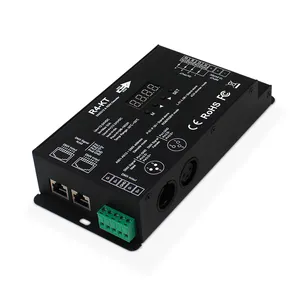





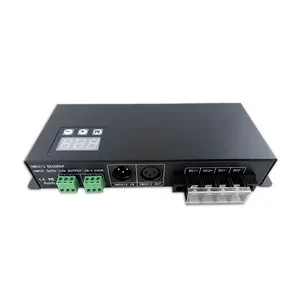

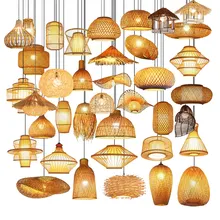
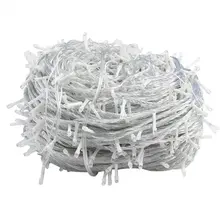
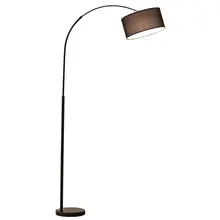

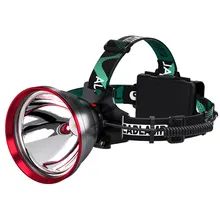
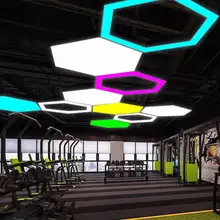


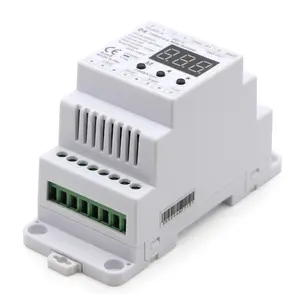




















 浙公网安备 33010002000092号
浙公网安备 33010002000092号 浙B2-20120091-4
浙B2-20120091-4